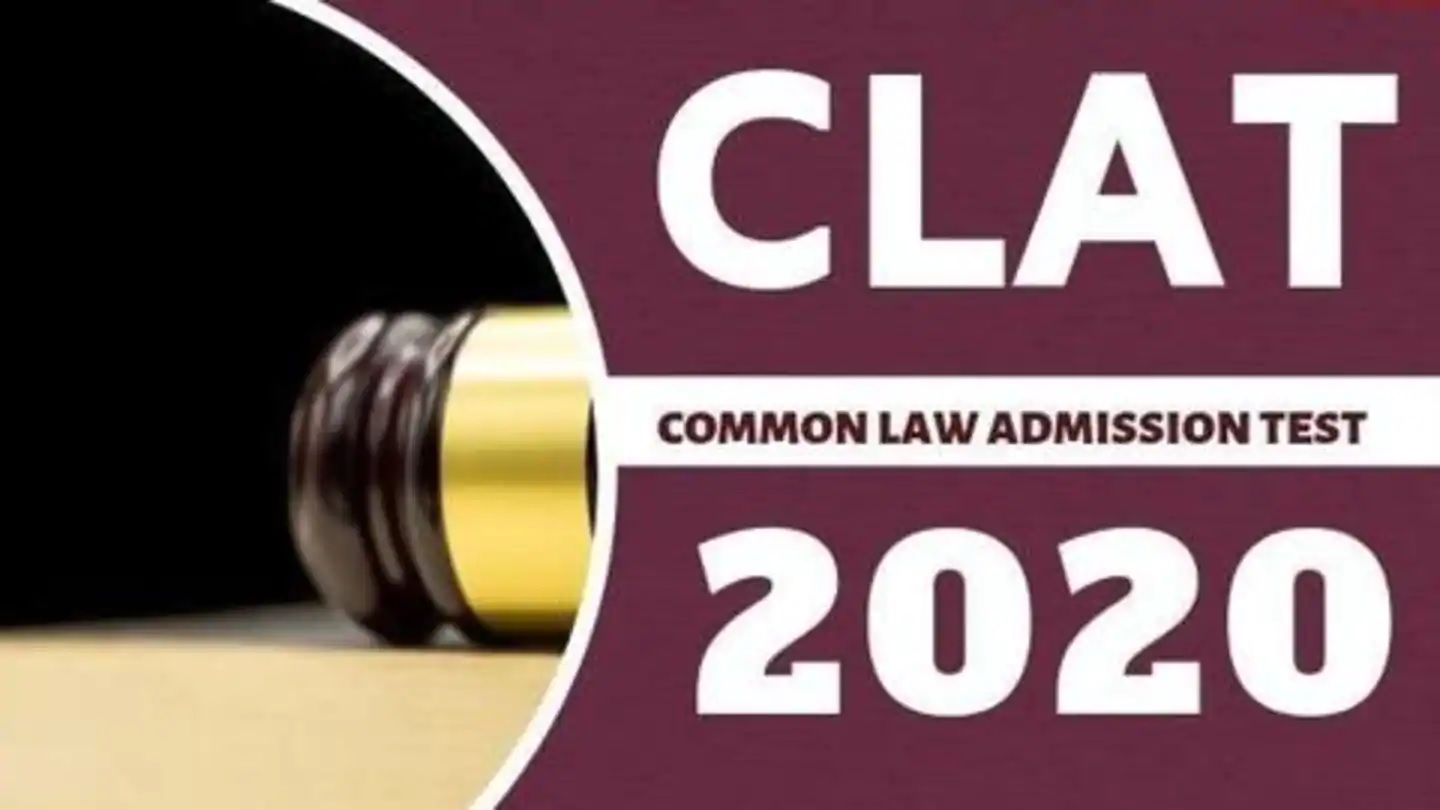NLUS CLAT 2020 UG Logical Reasoning Sample Questions Common Law Admission Test : consortiumofnlus.ac.in
Organisation : Consortium of National Law Universities
Exam Name : CLAT Common Law Admission Test
Service Name : CLAT 2020 UG Logical Reasoning Sample Questions
Website : https://consortiumofnlus.ac.in/
NLUS CLAT Sample Questions
Sample Questions for UG-CLAT 2020
Related / Similar Question Paper : NLUS CLAT 2020 UG English Sample Questions

CLAT UG Sample Questions
Logical Reasoning:
1. Rahul Dravid, the head-coach of India’s Under-19 cricket team, explained that the 2018 Under-19 World Cup team selection strategy was about providing opportunities to a lot more players to come into the India Under-19 fold.
He explained that more than winning — which is not the right touchstone of success of a program at this level — what matters is how many of the players are able to move to the next level, that is playing first-class cricket. He, therefore, made a conscious decision to not select players from the previous World Cup to the 2018 Under-19 World Cup squad.
1.1 Which one of the following statements is consistent with Dravid’s selection strategy for the 2018 Under-19 World Cup as stated above?
(a) Selecting an inexperienced team at the under-19 level ensures failure and players who experience failure learn to be humble.
(b) Playing a sport is more important than winning or losing.
(c) The Under-19 World Cup is a stepping-stone to first-class cricket and winning it should not be the end-goal.
(d) When players are under the age of 19, they do not feel stressed about playing at a World Cup; however, as they age, their ability to play well depends on the number of matches they have already played
(Answer: (c))
Rationale:
The correct answer is (c) – the Under-19 World Cup is a stepping-stone to first-class cricket and winning it should not be the end-goal. This is clear from Dravid’s statement that winningis not the right touchstone of success, and that what matters more is how many players are able to move to the next level, that is, playing first-class cricket. None of the other options is supported by the information in the passage, and so, cannot be the correct answer.
1.2 Which of the following is the most desirable outcome of Dravid’s selection strategy from his perspective?
(a) The team losing the World Cup, but 5 players from the squad going on to play firstclass cricket.
(b) The team winning the World Cup, and 1 player getting selected for the national team.
(c) The team winning the World Cup, and no player getting selected for the next Under-19 World Cup team.
(d) The team winning the World Cup, and 5 players from the squad going on to play firstclass cricket.
(Answer: (d))
Rationale:
The correct answer is (d) – the team winning the World Cup, and 5 players from the squad going on to play first-class cricket. Options (b) and (c) are not as desirable as the other options, since the other options contemplate more players entering the next level, which is consistent with Dravid’s selection strategy. Therefore, neither (b) nor (c) can be the correct answer.
While options (a) and (b) both describe 5 players going on to play first-class cricket, option (d) has the added advantage of the team winning the World Cup – Dravid says players moving to the next level is more important than winning the World Cup, but does not describe winning the World Cup as undesirable. Therefore, option (a) cannot be the correct answer either.
1.3 Which of the following statements, if true, contradicts Dravid’s selection strategy?
(a) First-class cricket selectors evaluate under-19 cricketers based on the win-loss ratio of the team they were a part of.
(b) First-class cricket selectors evaluate under-19 cricketers based on their ability to cope with injuries.
(c) First-class cricket selectors evaluate under-19 cricketers based on their individual performances.
(d) Players who have played in international tournaments face domestic competition better than those who have not.
(Answer: (a))
Rationale:
The correct answer is (a) – first-class cricket selectors evaluate under-19 cricketers based on the win-loss ratio of the team they were a part of. Since Dravid’s team selection prioritises giving more players opportunities, rather than winning, the selection strategy described in option (a) would contradict Dravid’s strategy, and therefore, this would be the correct answer. Options (b) and (c) neither support nor contradict Dravid’s strategy, and so, cannot be the correct answer.
Option (d) may support Dravid’s strategy – since his strategy would result in more players having played in international tournaments – and so, option (d) cannot be the correct answer either.

Download Question Paper
CLAT UG Sample Questions :
https://www.pdfquestion.in/uploads/pdf2020/36907-ugclat.pdf